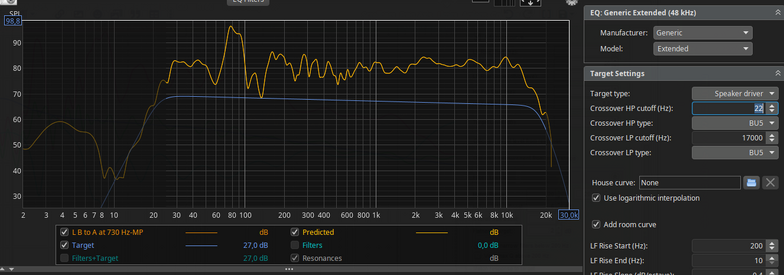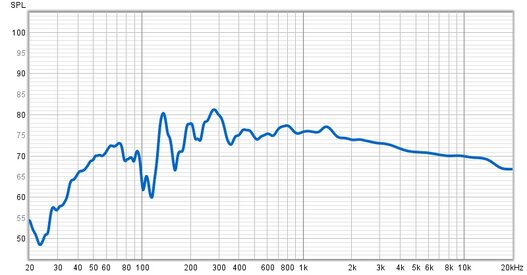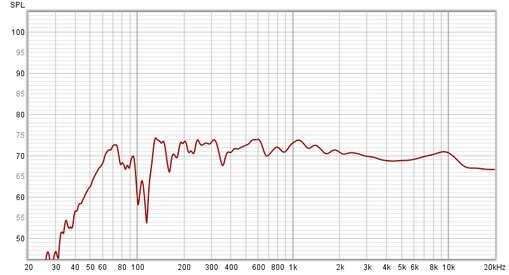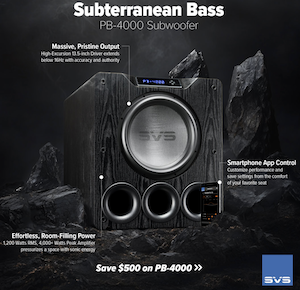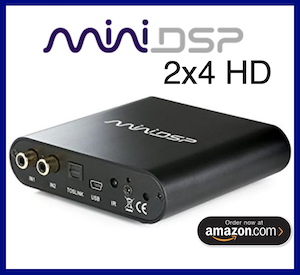Hello REW experts,
In a small room using a vintage Sherwood s-7200 and PSB Alpha B bookshelf speakers in near field setup.
Using SMSL DAC via USB with PC as the source.
Using UMIK-1 and REW software please see attached curves before and after EQ.
Does the curve post EQ look correct? Please advise.
I used house curve based on Julian Krause video for filters.
Is there more information needed to asses these graphs?
I am using Equalizer APO.



In a small room using a vintage Sherwood s-7200 and PSB Alpha B bookshelf speakers in near field setup.
Using SMSL DAC via USB with PC as the source.
Using UMIK-1 and REW software please see attached curves before and after EQ.
Does the curve post EQ look correct? Please advise.
I used house curve based on Julian Krause video for filters.
Is there more information needed to asses these graphs?
I am using Equalizer APO.








